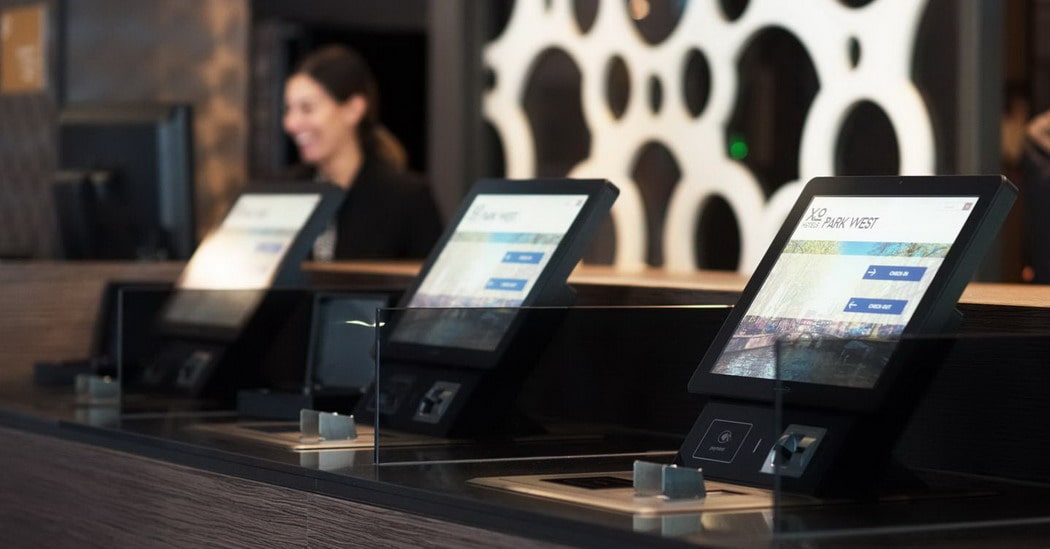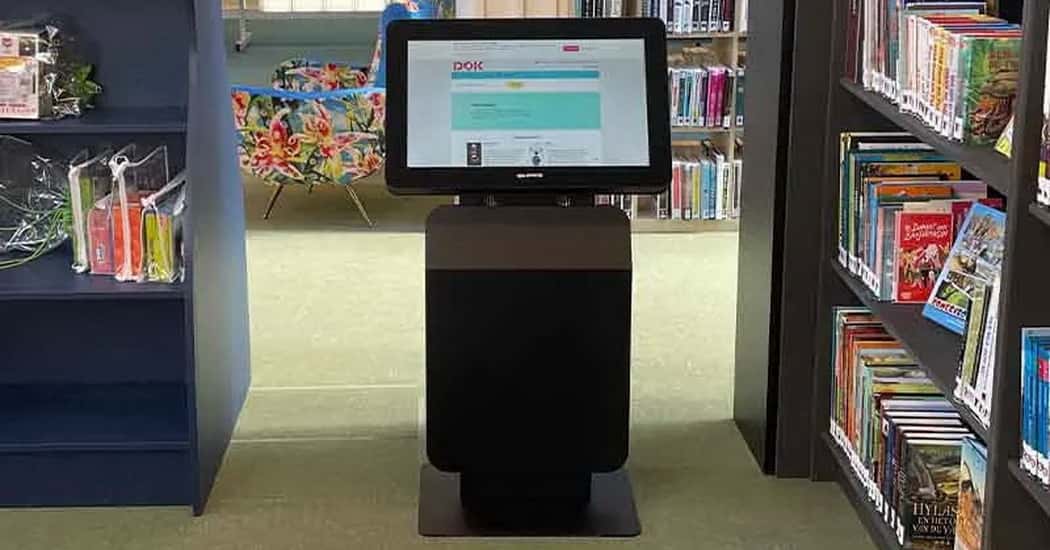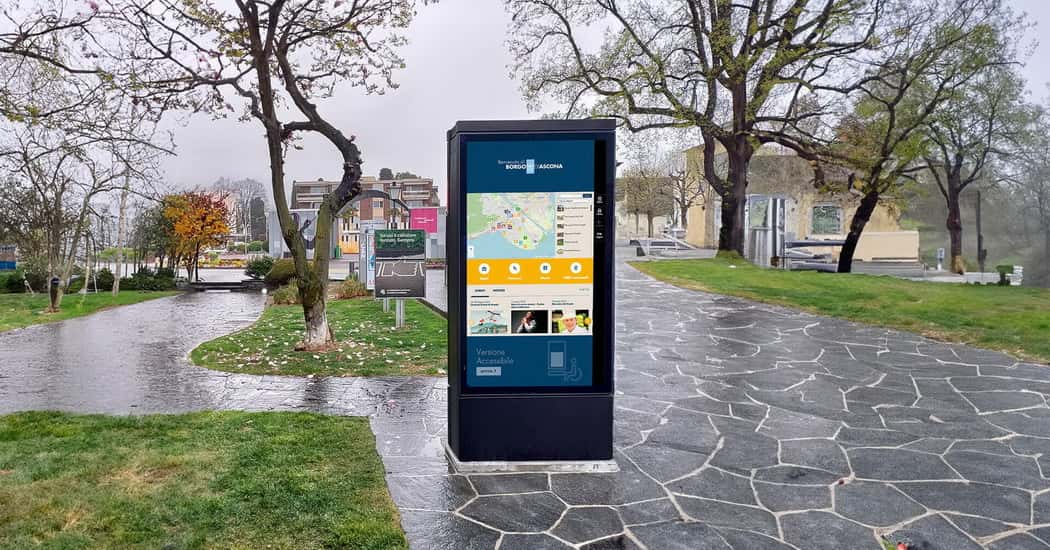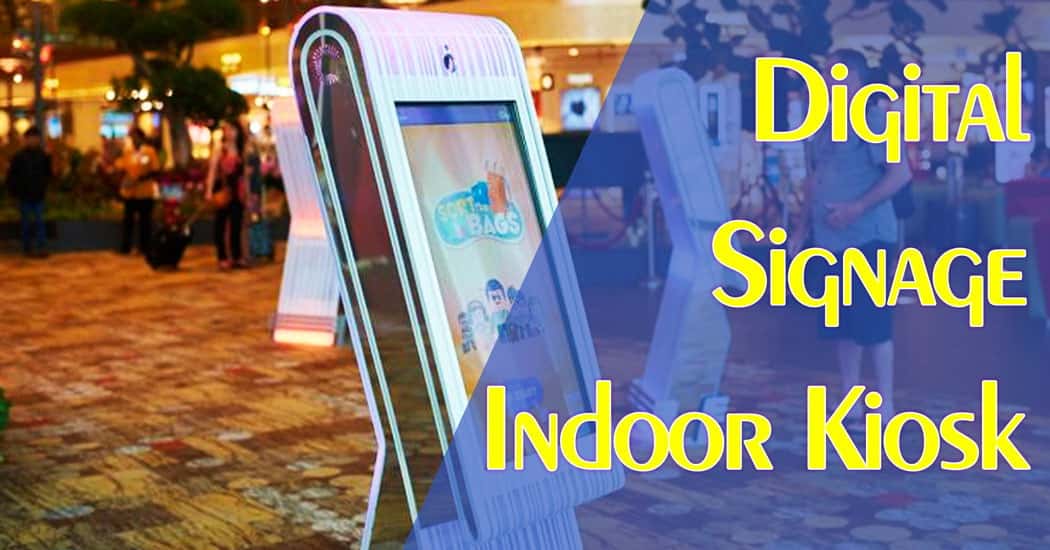
- Post Publish:
- Categories: Knowledge
- Updated:
- Posts by Linda Liu
10 Key Characteristics to Look for in a Digital Signage Indoor Kiosk

Linda Liu
Latest update post:
Table of contents:
Digital signage indoor kiosk have steadily become a prominent fixture, serving both businesses and consumers in various capacities. As businesses lean into the digital age, these kiosks play a pivotal role in enhancing customer experiences and promoting products or services. Given this growing importance, investing in the right features for your Digital signage indoor kiosk is crucial.
Key Characteristics To Look For In A Digital signage indoor kiosk
1. User-friendly Interface
Digital signage should prioritize user experience. Given the diverse population, having an intuitive navigation system and an easy-to-use interface is imperative. Ensure the kiosk features a responsive touchscreen, preferably with multi-touch capabilities, to cater to a wider audience, from tech-savvy youths to the older generation.
2. High-Quality Display
The visual appeal of your Digital signage indoor kiosk will be its first point of interaction. Ensure the display has a good resolution, optimal brightness, and high contrast ratios. Additionally, the longevity of LED, OLED, and LCD screens can significantly affect long-term cost-effectiveness.













3. Connectivity Options
Digital signage should offer varied connectivity options. Look for features like Wi-Fi, Bluetooth, Ethernet, and even 4G/5G capabilities. Multiple ports, such as USB, HDMI, and SD card slots, can provide flexibility in content sourcing and system updates.
4. Software Flexibility and Compatibility
Regular software updates, security patches, and the ability for remote management are crucial for the kiosk’s security and performance.
5. Content Management System
Digital kiosks are powered by content management systems that let businesses manage multiple screens and schedule content. The success of your digital kiosks largely depends on the software you use, and you want an intuitive, cloud-based platform to share content quickly and easily.
Most crucially, your software should let you run custom apps to expand the kiosk’s functionalities, such as bill payment, visitor check-in, self-ordering, and receipt printing.
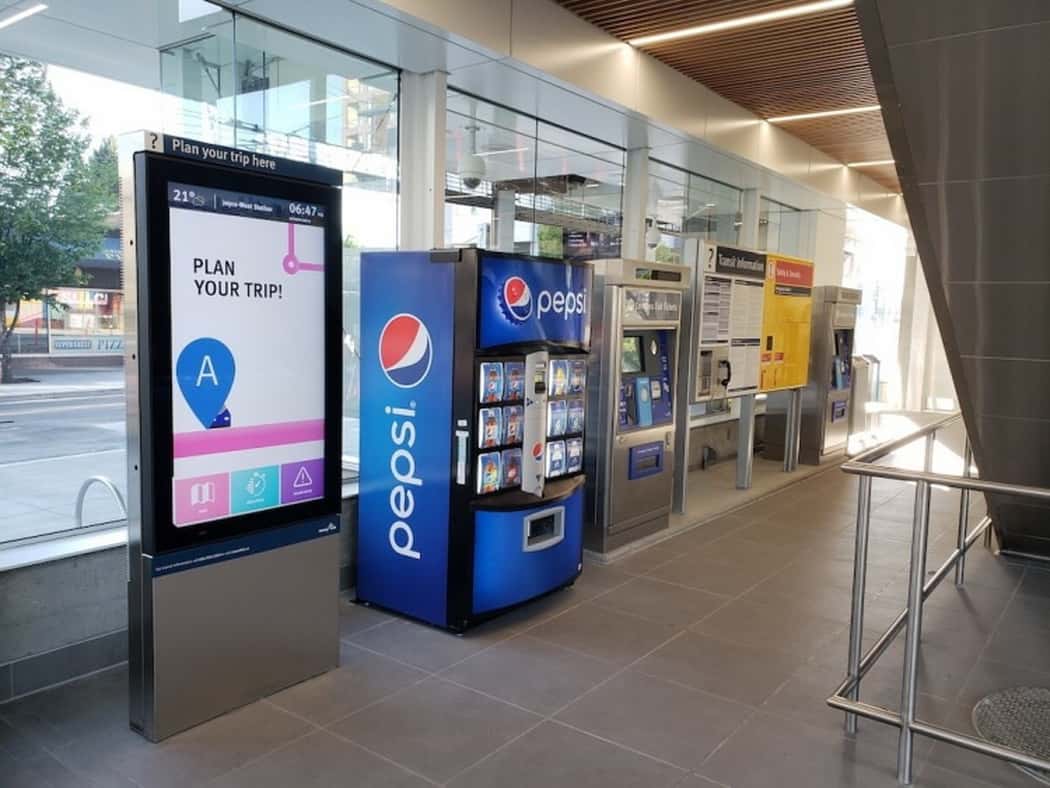
6. Energy Efficiency and Eco-friendliness
Ensure your Digital signage indoor kiosk aligns with this vision by opting for power-saving modes and energy-efficient power supplies. Prioritize kiosks made with environmentally friendly materials and sustainable practices.
7. Scalability and Futureproofing
Digital signage indoor kiosk should be easily upgradable, both hardware and software-wise. A modular design can extend the kiosk’s lifespan and adaptability.
8. Aesthetics and Branding
The design of your kiosk should not only be functional but also aesthetically pleasing. A customizable design, complemented by branding, can create a consistent and memorable user experience, resonating well with both locals and tourists.
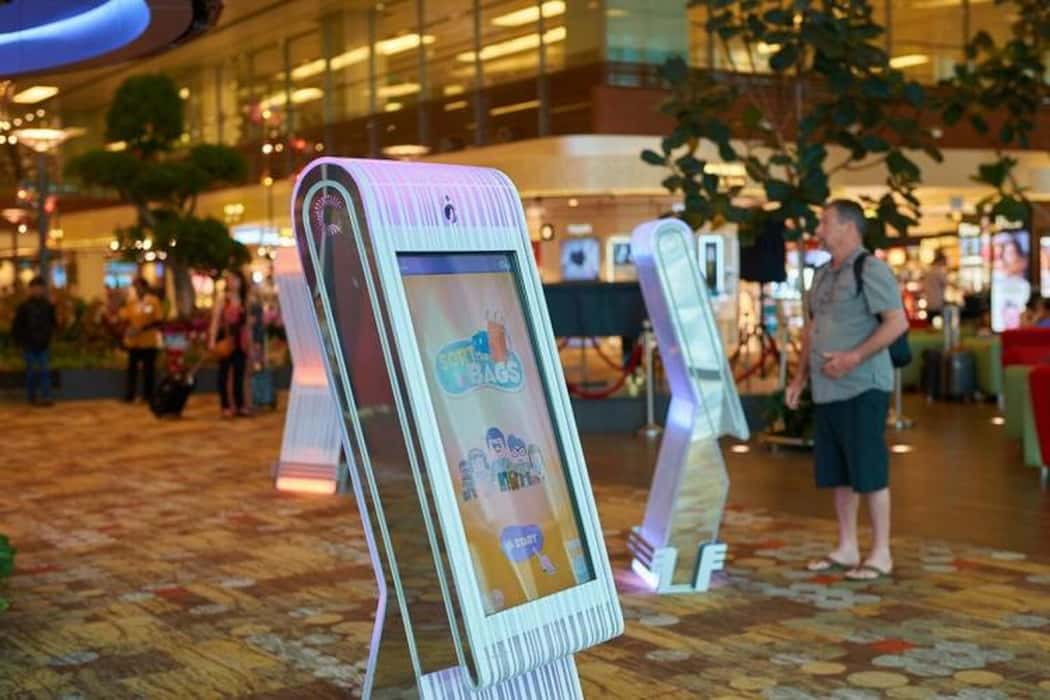
9. Enclosures
A heavy-duty steel enclosure protects the hardware from harsh weather, theft, and vandalism. In addition to being functional, you can customize the enclosure with your brand elements and aesthetically pleasing graphics and colors.
10. Content
Passersby may be eager to interact with your Digital signage indoor kiosk but quickly get bored if the content is monotonous. So, you need a content creation plan and can use in-house creators or an agency. Common content types include quizzes, interactive maps, product catalogs, and games.
Market
Digital signage indoor kiosk are applicable in numerous industries, including the following.
Retail Stores
Increasingly, shoppers are seeking immersive in-store experiences when comparing retail brands. Indeed, 75% of customers in a recent survey said they are more likely to shop in a store with interactive displays for product comparison, information, reviews, and location.
Interactive kiosks facilitate a buyer’s journey and save time because they don’t have to wait in line. In turn, a shopper remembers your shop fondly and is more likely to return.
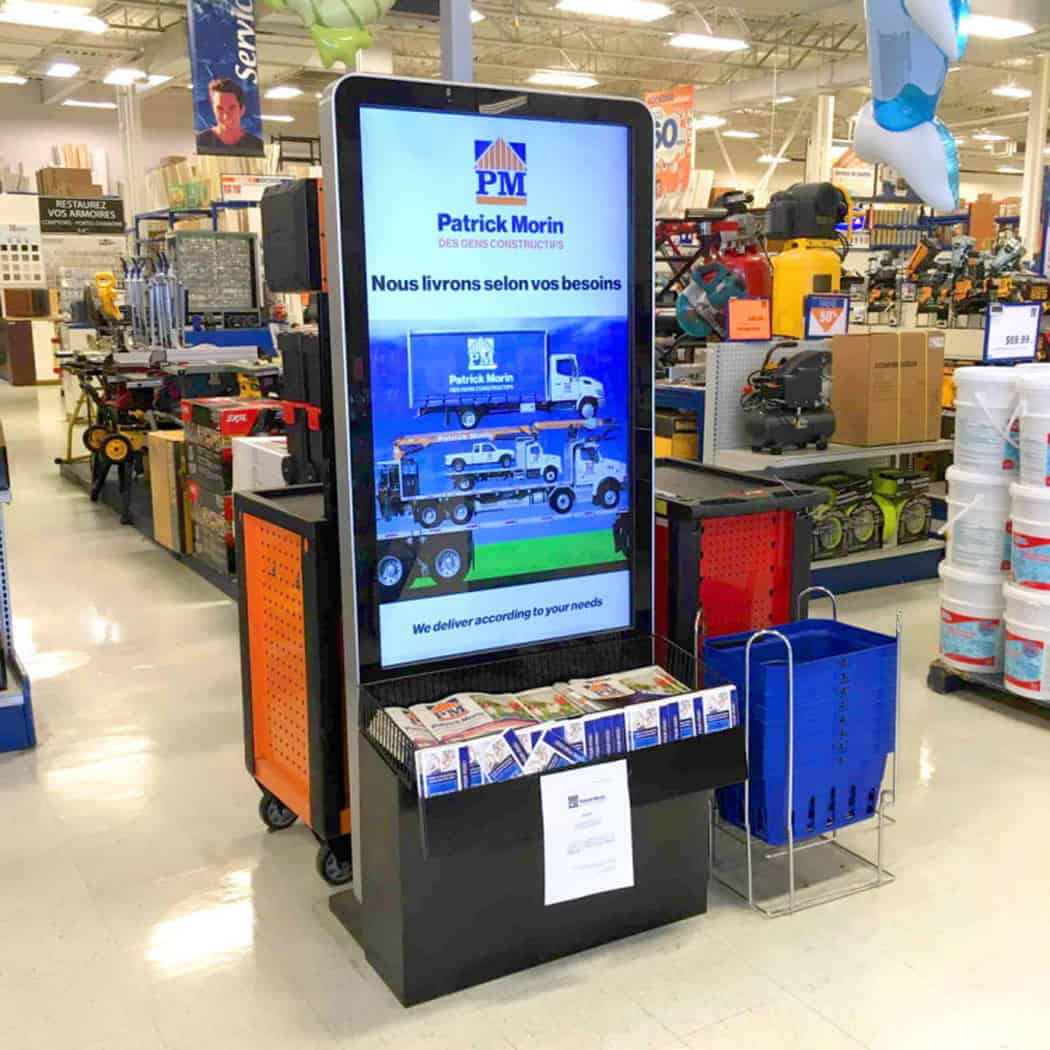
Hotels
Digital kiosks streamline hotel operations through the automation of check-in and check-out services and bill payment. Some kiosks even dispense keycards so that guests don’t have to interact with the lobby staff.
The installations are convenient during fairs, conferences, weddings, and film attendees. In this case, attendees can quickly find directions, check programs, and receive name tags.
Healthcare
Digital healthcare kiosks are transforming the patient experience in hospitals and clinics by showing real-time waiting times, navigational assistance, and facilitating medical bill payments. In hospitals with a stretched workforce, digital kiosks reduce the workload on staff and let them focus on more pressing issues. Additionally, patients can complete surveys on interactive Digital signage indoor kiosk to alert administration staff on any standard issues.
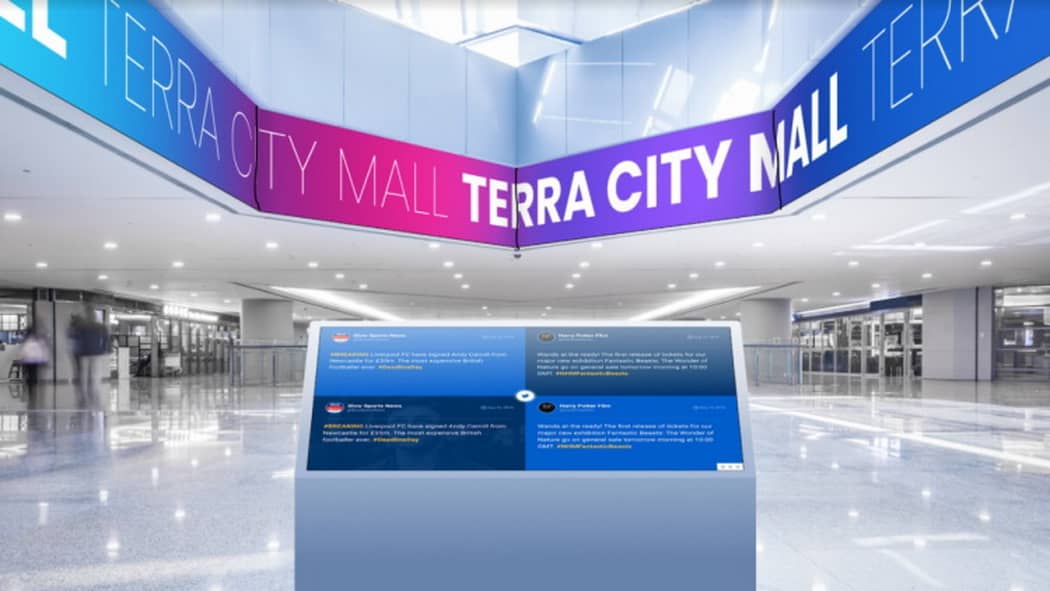
Airports
Many airports are leveraging state-of-the-art digital displays, video walls, and interactive kiosks to enhance the passenger experience. Particularly, interactive kiosks are proving to be invaluable in transit hubs by offering map guides for gates, departure and boarding times, and check-in services.
In addition, commuters can upgrade their tickets, change seats, and see weather forecasts at their destination. Typically, airports have retail and food services that first-time passengers may not know. With a digital kiosk, a traveler can browse all the stores in your hub and their location.
Schools
Naturally, students gravitate to digital screens since they spend much time on smartphones, tablets, and smartphones. Interactive kiosks are especially exciting because they allow students to browse information independently.
Digital education kiosks allow users to register for classes, purchase books and other materials, load student cards with money, and view class and exam schedules.
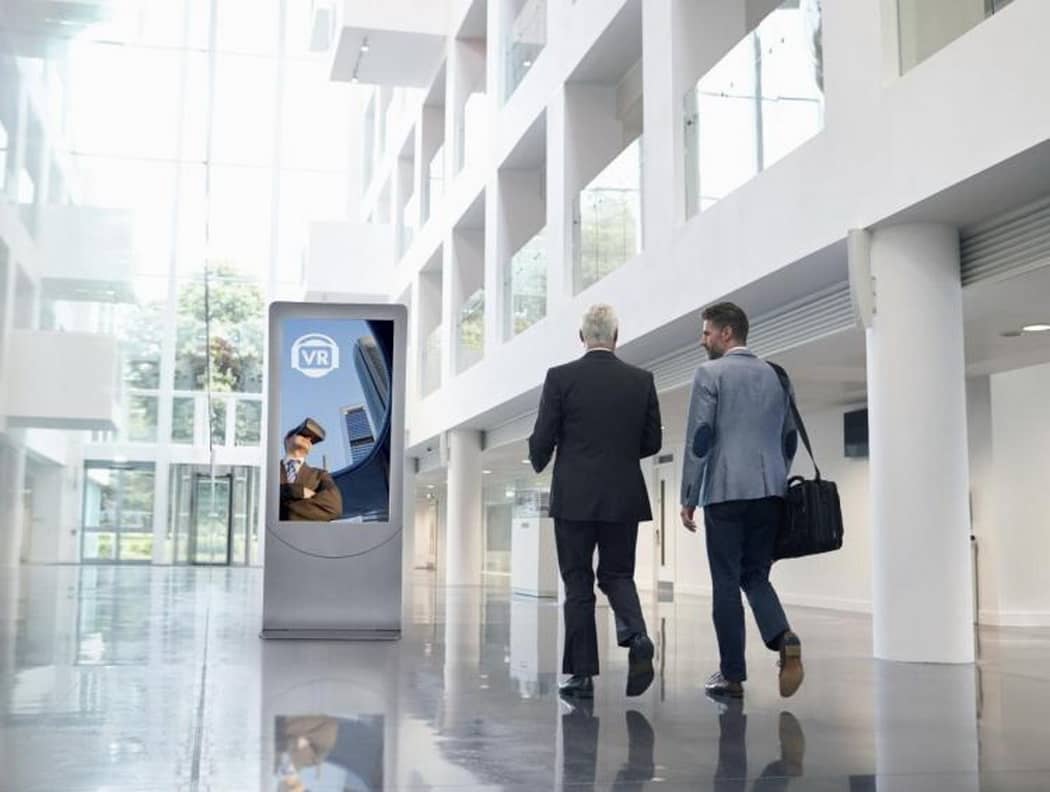
Conclusion
In conclusion, the implementation of Digital signage indoor kiosk represents a strategic investment for businesses looking to elevate customer engagement, optimize operations, and stay ahead in today’s competitive market. From creating immersive customer experiences to streamlining internal processes, the benefits are vast and impactful. As businesses continue to embrace the digital revolution, Digital signage kiosk emerge as indispensable tools for those seeking to thrive in the ever-evolving landscape of commerce.

